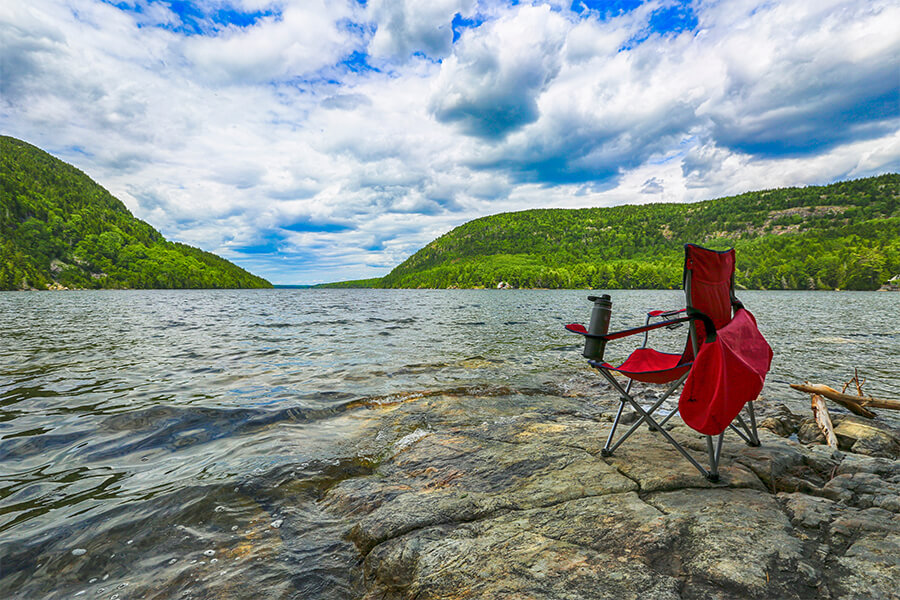Many hikers might not think of bringing a knife as a necessary item of equipment. However, a knife can be a useful tool in a number of circumstances and can distinguish a safe trip from a deadly one. Here are several reasons why you should think about bringing a knife on your next walk, as well as some advice on how to pick the best knife and operate it securely.
Safety while hiking
Safety is one of the most crucial justifications for hiking with a knife. A knife can be used to cut yourself free from entanglement or to call for assistance in an emergency. It can also be applied to protect oneself from wild animals. A knife can be used to cut bandages or form a tourniquet in the event of a snakebite or other injury. In case of an emergency, a knife can also be used to construct a spear or spearhead. If you are off the track or lost, a knife can also be used to clear a way by chopping branches or brush.
Survival
Survival is a key factor in the decision to carry a knife while hiking. In the wild, a knife can be used to cut food, construct a shelter, and create tools. By bouncing a spark off the blade, you can use it to start a fire as well. A knife can be used to construct a spear to catch fish or to build a shelter to keep you safe from the elements if you become stranded. A knife can also be fashioned into a spear or used to chop wood for a fire. A knife can be used to cut vegetables or skin fish, among other food preparation tasks.
A knife may be a very useful tool for many different
A knife may be a very useful tool for many different jobs, including cutting rope, opening containers, and even serving as a temporary screwdriver. Using a knife, you can also cut meat, vegetables, and fruits. It can also be used to open bottles or cans. If you don’t want to carry heavy equipment on a lengthy trek, this can be extremely helpful. A knife can also be used to make repairs to equipment, like repairing a tent’s hole or making a new shoelace.
Selecting the Correct Knife
It’s critical to get a trekking knife that is reliable and meets your demands. For instance, a fixed blade knife may be more tough and suitable for heavy-duty operations, even though a folding knife may be easier to carry. Choose a knife with a secure grip, a hardy blade, and a reliable sheath. Choose a knife that is simple to sharpen as well. The knife’s size is important as well; a larger knife is better for difficult jobs, but a smaller knife is easier to carry. The blade should be constructed from premium steel that can maintain an edge well and withstand rust.
Statutes and Rules
Hikers should constantly be informed of the rules in the area they are hiking in because carrying a weapon may be prohibited in some places. Before carrying a knife, always verify the laws and restrictions in your area. It’s also crucial to remember that knives can be hazardous if not handled properly. As a result, make sure to abide by basic knife safety guidelines like keeping the blade sharp, keeping fingers away from the edge, and never pointing the knife directly at someone.
Finally, carrying a knife while trekking can be practical for convenience, safety, and survival. It’s crucial to pick a sturdy knife that suits your demands and to be knowledgeable about the rules of the region you’re trekking in.







